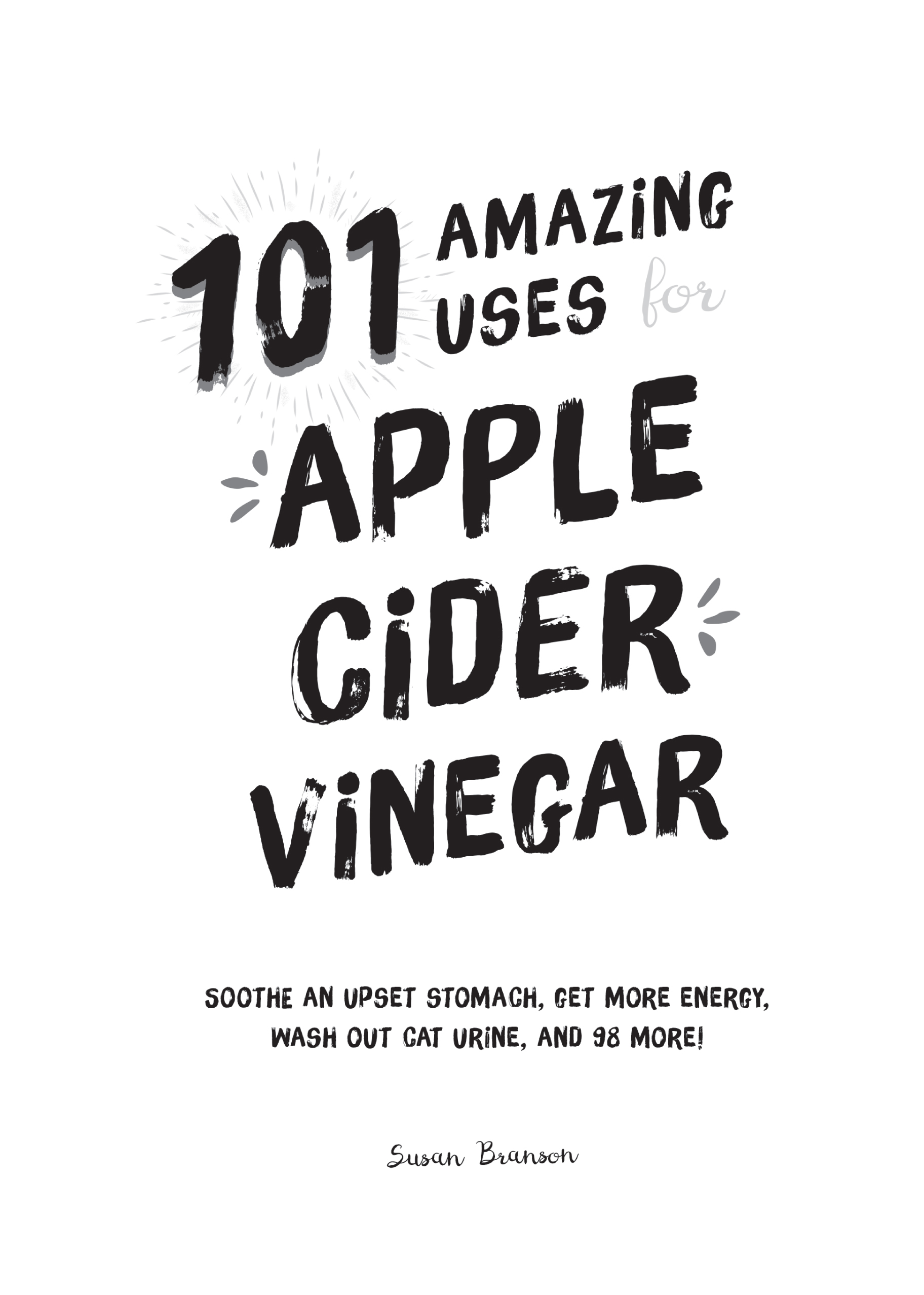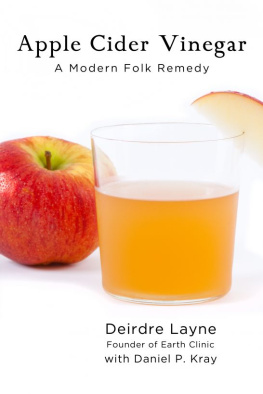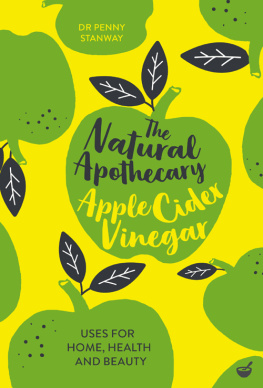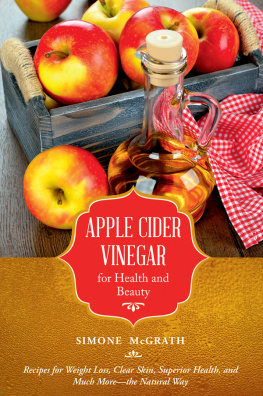
FOR My PARENTS,
ALL OF THEM
Copyright 2017 by Susan Branson
All rights reserved.
Published by Familius LLC, www.familius.com
Familius books are available at special discounts for bulk purchases, whether for sales promotions or for family or corporate use. For more information, contact Familius Sales at 559-876-2170 or email .
Reproduction of this book in any manner, in whole or in part,
without written permission of the publisher is prohibited.
DISCLAIMER: The material in this book is for informational purposes only. It is not intended to be a substitute for professional medical advice, diagnosis, or treatment. Always seek the advice of your physician or other qualified healthcare provider with any questions you may have regarding a medical condition or treatment. Never disregard professional medical advice or delay in seeking it because of something you have read in this book.
Library of Congress Cataloging-in-Publication Data
2017933386
Print ISBN 9781945547140
Ebook ISBN 9781945547508
Hardcover ISBN 9781945547515
Printed in the United States of America
Edited by Lindsay Sandberg
Cover design by David Miles
Book design by Brooke Jorden
10 9 8 7 6 5 4 3 2 1
First Edition


CONTENTS

INTRODUCTiON

WHAT IS APPLE CiDER ViNEGAR?
Apple cider vinegar is a sour liquid made from apples. The process begins when fresh apples are crushed, releasing the juices. Yeast is added to begin the process of fermentation in which the sugars in the apples are converted to alcohol as they are consumed by the yeast for energy. Bacteria are then added to the alcohol solution to further oxidize the alcohol into acetic acid. Acetic acid is what gives apple cider vinegar its distinctive tart, biting odor and flavor. Fermentation usually takes place over weeks or months. Commercial vinegar is made in wooden barrels to boost the natural fermentation process. Glass jars are more practical for home use, however, and many have successfully made apple cider vinegar on their own. Its best to use organic apples to avoid a heavy load of pesticide residue in the finished product.
Pasteurization is not required because the acidity of the vinegarusually 5 percent in commercial brandsis enough to prevent any unhealthy microbes from developing. In fact, the raw, unfiltered form is recommended for therapeutic use. Cloudy strands can be seen at the bottom of the bottle which, when shaken, turn the vinegar murky. These strands are known as the Mother and are made up of protein, raw enzymes, and healthy bacteria. Much of the vinegar sold in the grocery stores looks clear and crisp. This has been pasteurized and filtered, and the Mother has been removed. But this vinegar is also very valuable and has many uses in beauty regimens and home products.

SEVEN THoUSAND YEARS OF THANKS FoR APPLE CIDER VINEGAR.
Who gets the credit for making the first vinegar is open for debate. Legend has it that seven thousand years ago, an observant courtier in Babylonia noticed unattended grape juice had turned into wine. What a discovery! This led to the eventual production of vinegar, which the Babylonians flavored with honey, fruit, and malt then sold for consumption and as a preservative. Hippocrates is the first who documented vinegar as a medicine in 400 BC by using it to cleanse wounds. He also mixed it with honey to combat coughs and colds. It is even mentioned in both the Old and New Testaments as a medicine, a drink, and a flavoring agent for food. Sung Tse, the creator of forensic medicine in the tenth century, advised washing hands with sulfur and vinegar to avoid infection during autopsies.
Today, apple cider vinegar is wildly popular, and its appeal stems from its vast array of applications. It is used therapeutically to improve health by managing symptoms and assisting the body in fighting diseases. The beauty industry uses the prime ingredients in apple cider vinegar to improve the overall look and feel of the skins tone, the hairs shine, and the mouths smile. It cleans and disinfects the home, cutting down on chemical-laden products. Apple cider vinegar is good for the body, inside and out, and good for the home, top to bottom.

WHAT IS SO GOOD ABOUT APPLE CIDER VINEGAR?
Acetic acid is the main component of apple cider vinegar, as in all vinegars. It composes roughly 5 percent of the vinegars content, although this number can vary between 3 and 9 percent. Many of the therapeutic claims stem from the antibacterial and antifungal properties of acetic acid, which protect the body from invasion and infection by a multitude of microbes. The phenolic acids in apple cider vinegar contain these properties, too, and are also known antivirals, antioxidants, antihistamines, and astringents. Some, like gallic acid, have even been shown to be cytotoxic and destroy cancer cells. Malic acid has many uses in enhancing the skins natural beauty, and itlike the other acids present in apple cider vinegar protects against pathogens.
The healing properties of apple cider vinegar do not come from its abundant nutrients, as many claims argue. Minerals like potassium, calcium, and the soluble fiber pectin are touted as the source of many of apple cider vinegars therapeutic benefits. A few nutritional labels report between 11 milligrams and 15 milligrams of potassium in 1 tablespoon (the recommended dietary allowance of potassium is 4700 milligrams per day for adults), but most brands do not report any measurable levels. One study analyzed the mineral content of raw, unfiltered apple cider vinegar and found trace amounts of some minerals but absolutely no potassium. This does not support claims that the Mother is rich in enzymes and amino acids, which are proteins. Even in 100 grams of apple cider vinegar, no measurable amounts of minerals, vitamins, or protein were detected.
Another theory about the effectiveness of apple cider vinegar is that it works by changing the pH of the body. When apple cider vinegar is ingested, it creates an alkaline ash in the stomach as it is digested. Some believe that this alkaline ash shifts the pH of the body into a more alkaline state. This is desirable because an acidic state makes the body more open to infection and disease. It is interesting to note that there is also an opposing notion that apple cider vinegar shifts the body into a more acidic state. Foods can change the pH level of the urine; however, the pH level of the blood is strictly controlled by the kidneys and is always maintained at 7.385. Any variations can only happen with certain diseases and can be life threatening if not restored to pH 7.385. Foods cannot change the acidity or alkalinity of the body.
Next page
















